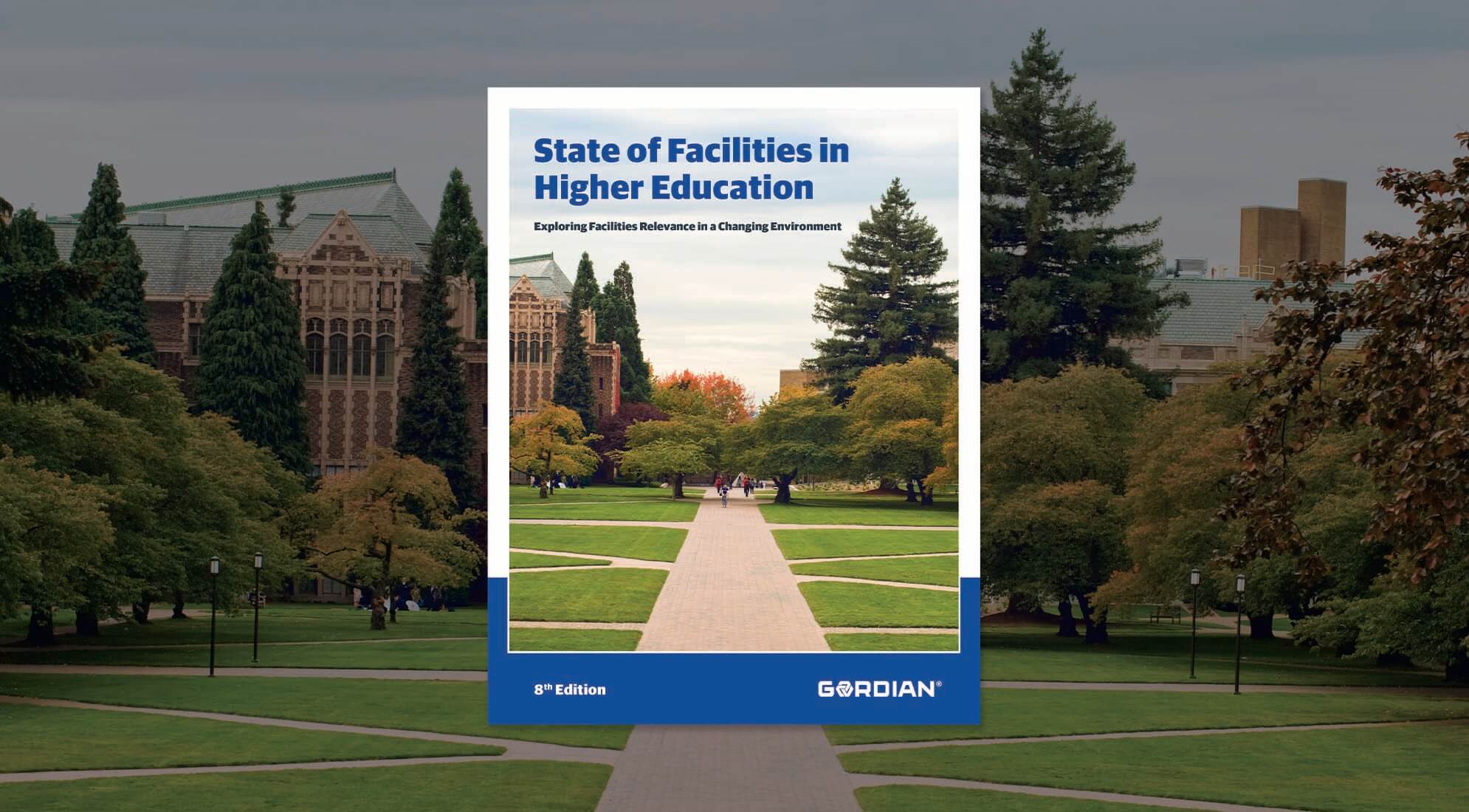
The University of Ottawa Gets Down to System-Level Condition Data
621,000+
Square meters of campus buildings
CAD $2.29B
Replacement value of buildings
CAD $36M+
Annual maintenance and construction budget
Challenge: Unable to See the Finer Details
The largest bilingual university in the world, the University of Ottawa is a public research university in Ottawa, Ontario, that enrolls more than 35,000 undergraduate and 6,000 post-graduate students. The university owns and manages properties throughout the city, stretching its total extent to 105 acres. These facilities vary in age, from its first building built in 1893 to those built within the last few years.
The university is partially funded by the Province of Ontario, Ministry of Training, Colleges and Universities (MTCU). For transparency, it is necessary to demonstrate how the allocation of funding impacts the improvement of its Capital Renewal Program. But the university’s facility-auditing methods lacked key information, making it difficult to deconstruct facility conditions into system-level condition data to fully justify the proper allocation of funds. For this reason, renewal projects were based on generalized information, rather than being building-specific.
Solution: Gaining an Enhanced View
In order to meet reporting requirements for funding usage across universities, the Council of Ontario Universities mandates that all universities use VFA Capital Planning Software to track the direct impact of funding received from the MTCU on their Facility Condition Indexes (FCIs). VFA Capital Planning Software is designed to help organizations objectively model multi-year capital plans that optimize and align real-estate portfolio investments with their mission.
Using VFA, the University of Ottawa improved its methodologies regarding the execution of building condition assessments for strategic portfolio management. VFA allowed the university to set standard rules for collecting facility information while providing them with system-level condition data to categorize projects into regular operating, maintenance renewal and asset renewal.
“With VFA for capital planning, we can better identify and forecast when to execute our priority projects. We can also present reports to our executive committee, which better demonstrates the need for additional funding required to deliver our mandate to the university body.”
Michael Sparling, Facilities Asset Manager, University of Ottawa
Result: Mission-Driven Investments
As a result of implementing VFA, the University of Ottawa was able report their campus-wide FCI to the Council of Ontario Universities and demonstrate that the funding received has positively impacted the Capital Renewal Program. The Facilities Department is focused on providing an environment that is safe to use and in good condition for the student experience, furthering the campus’s core value of putting students as the center of its educational mission.
With VFA, the university can now better meet this goal by identifying where money needs to be spent to address high priority projects, such as those focused on health and safety, compliance or eliminating detrimental equipment failure.






